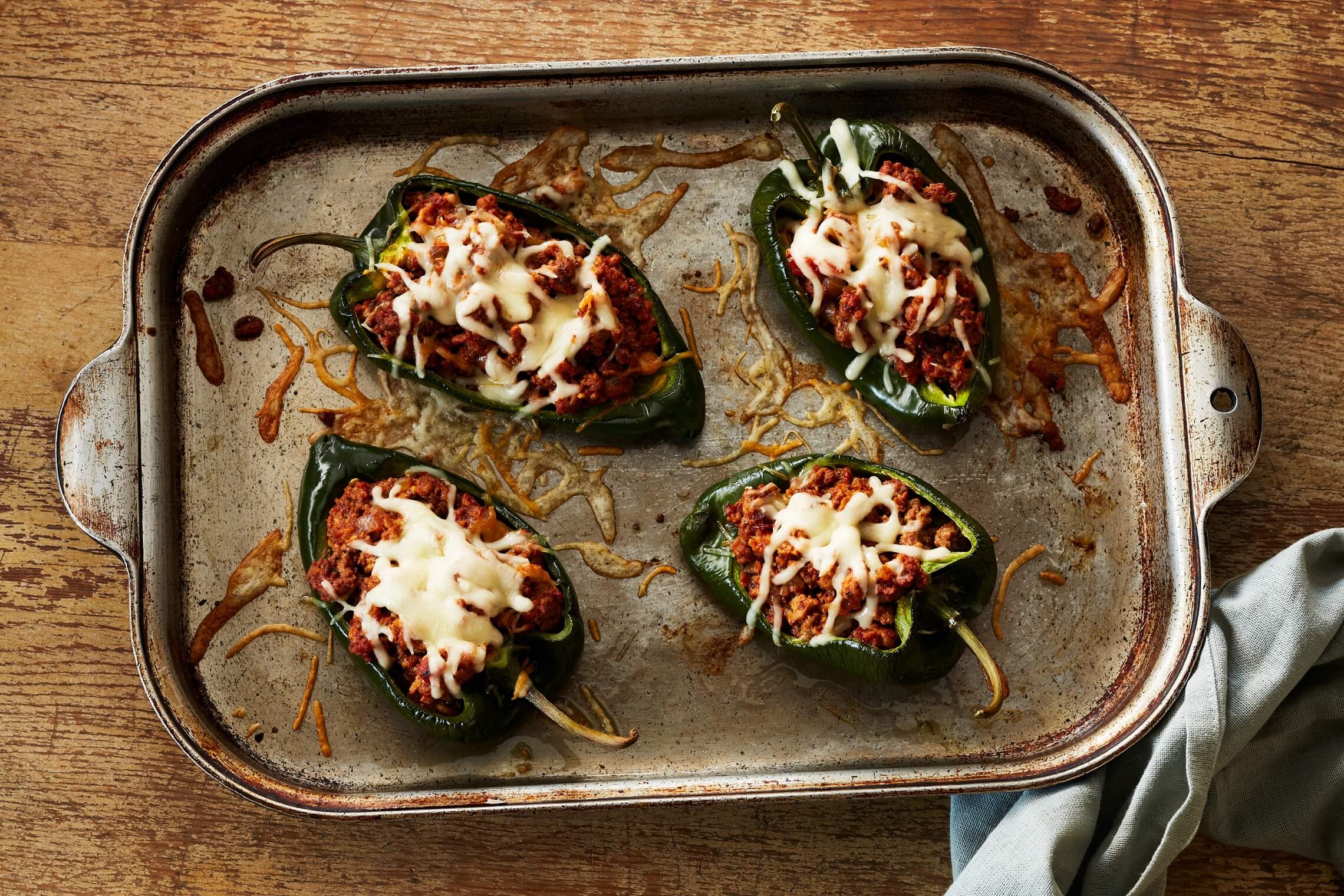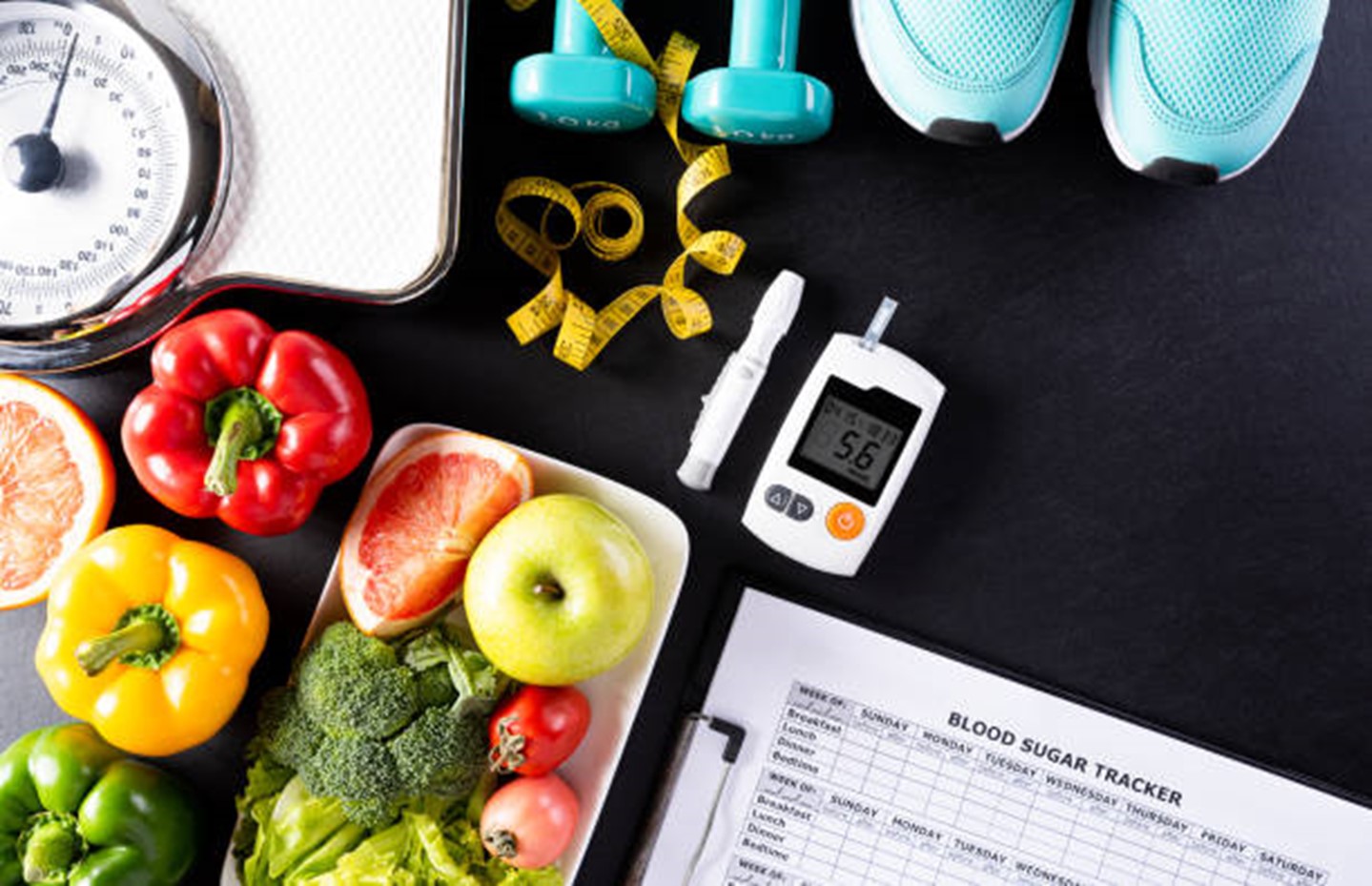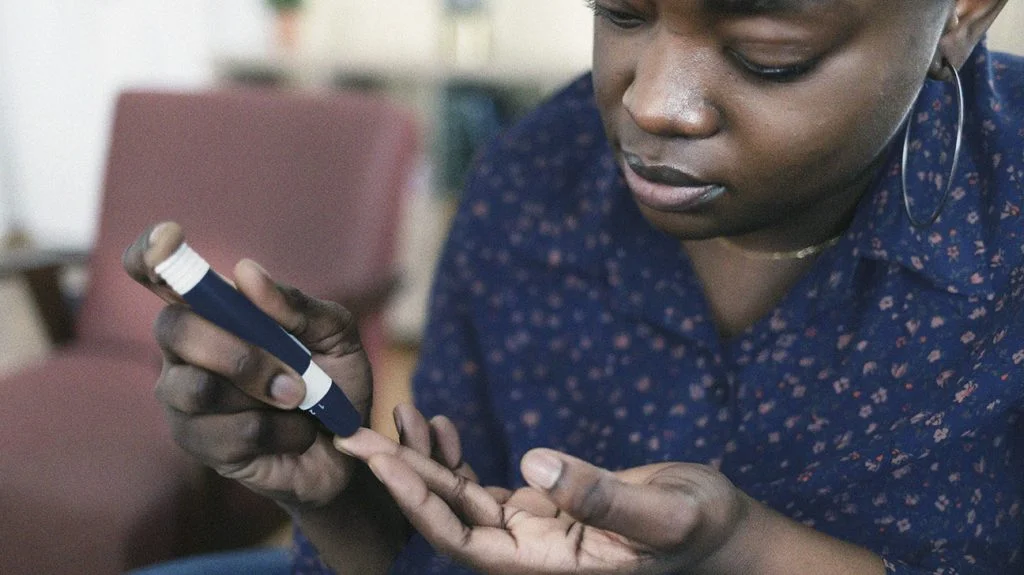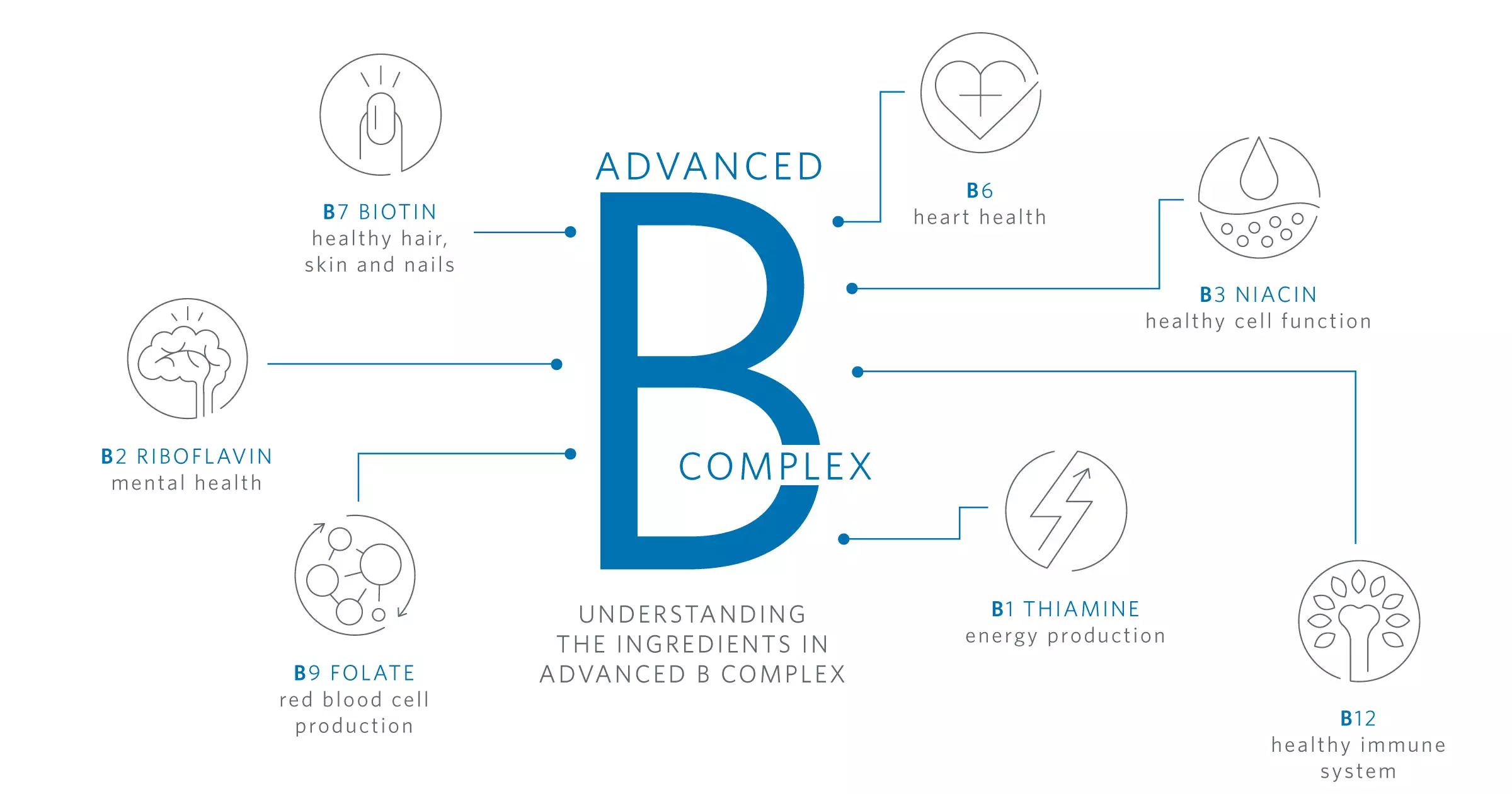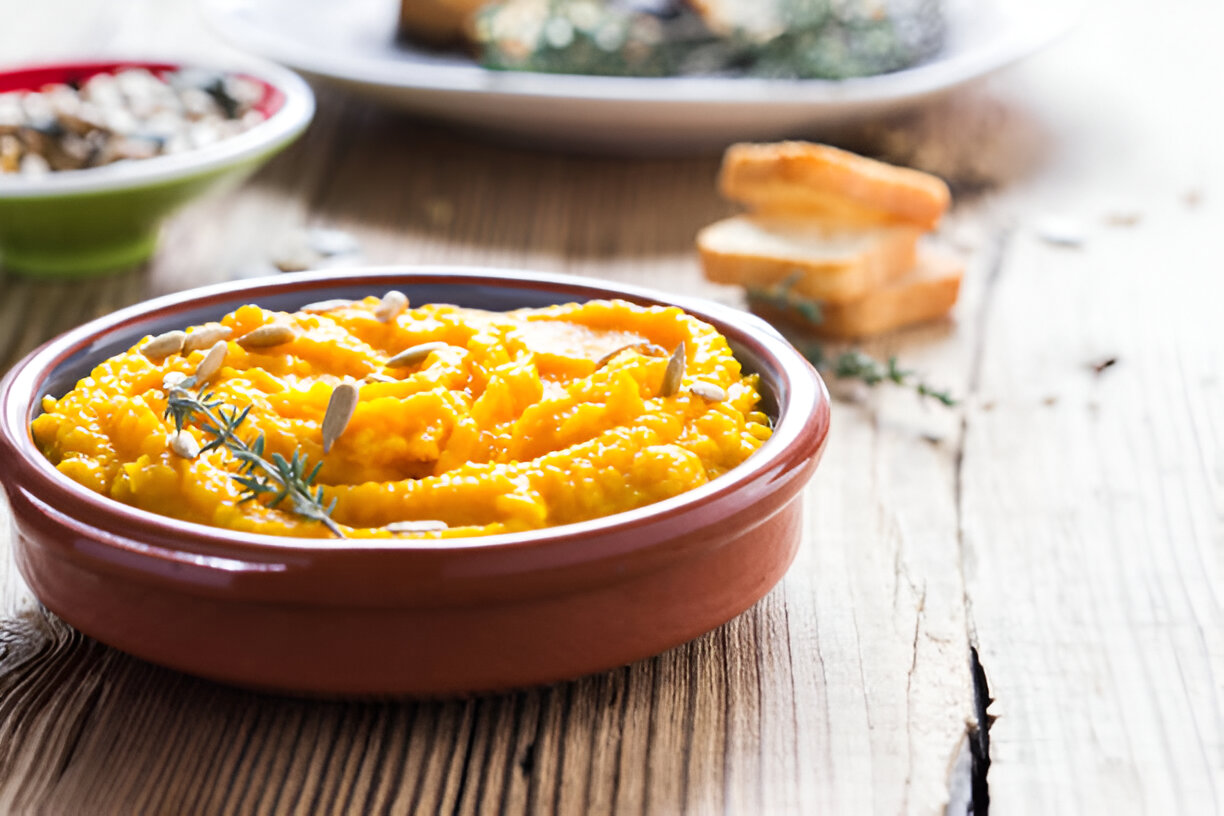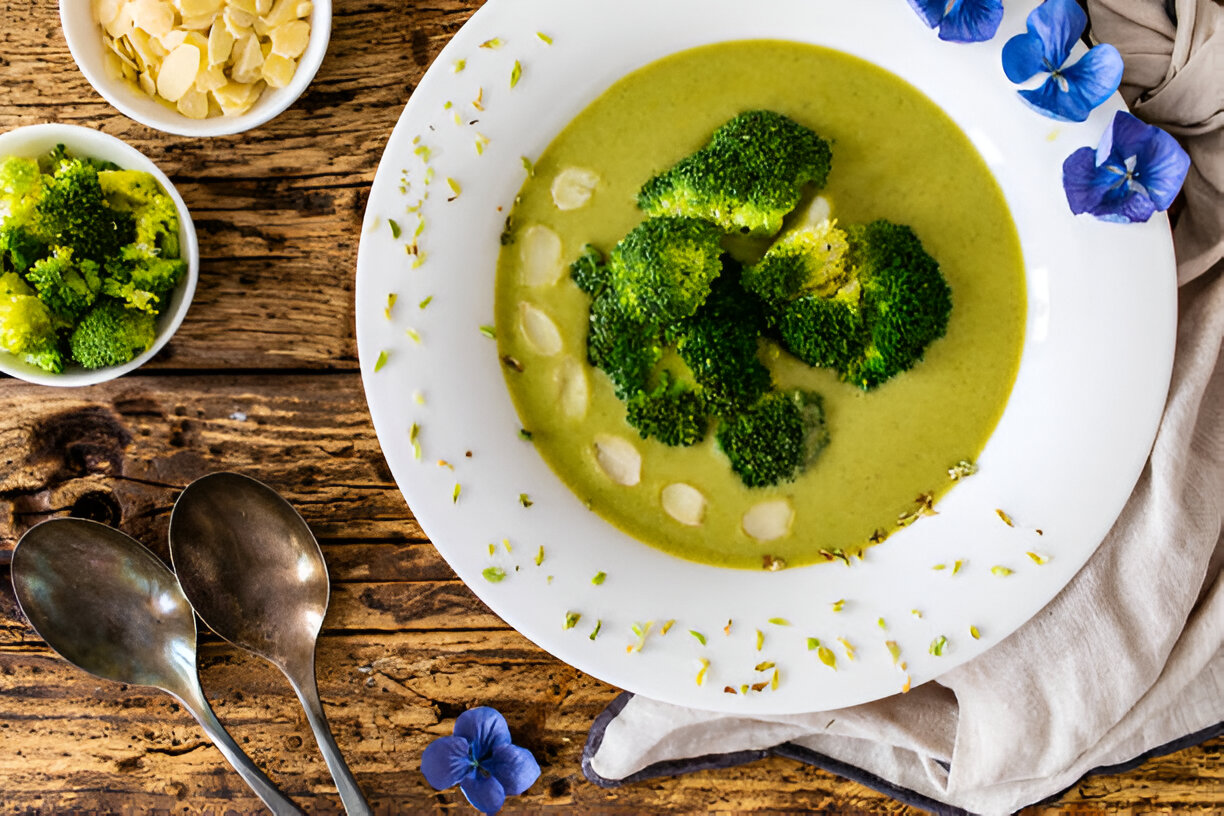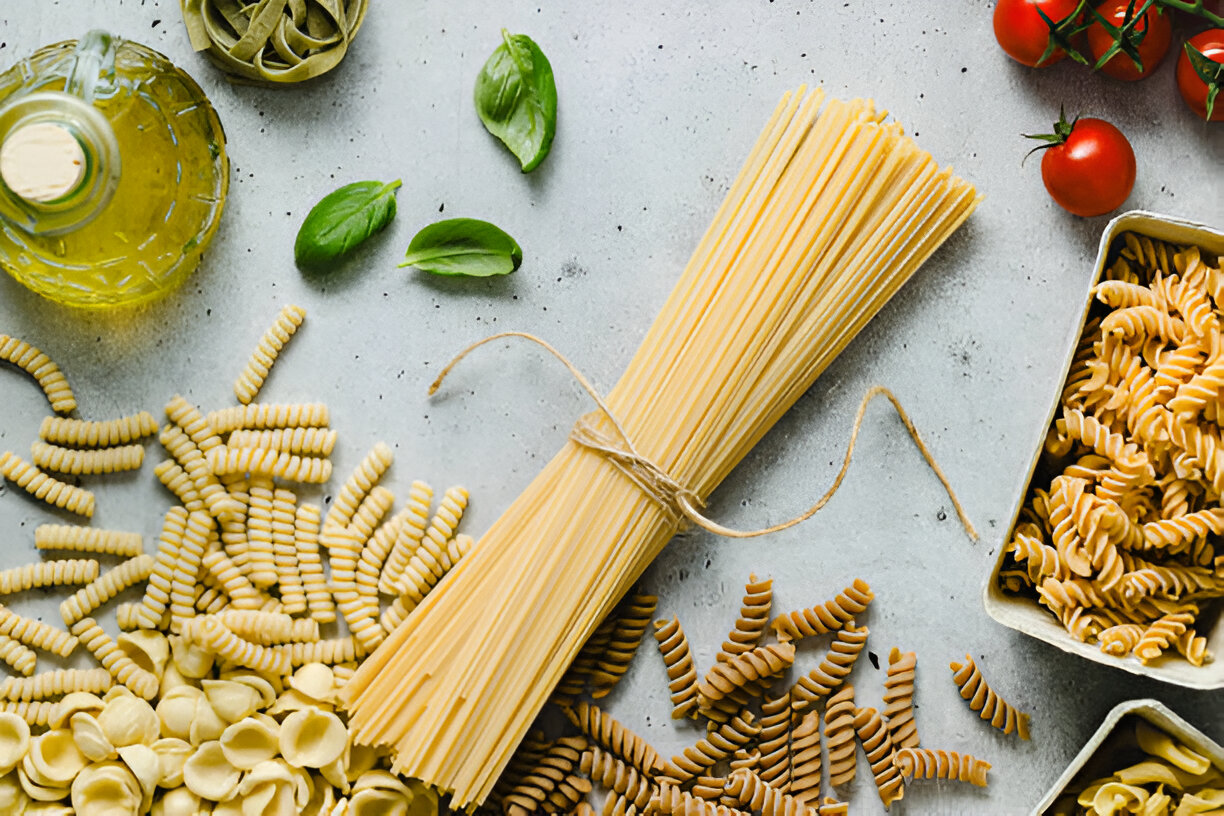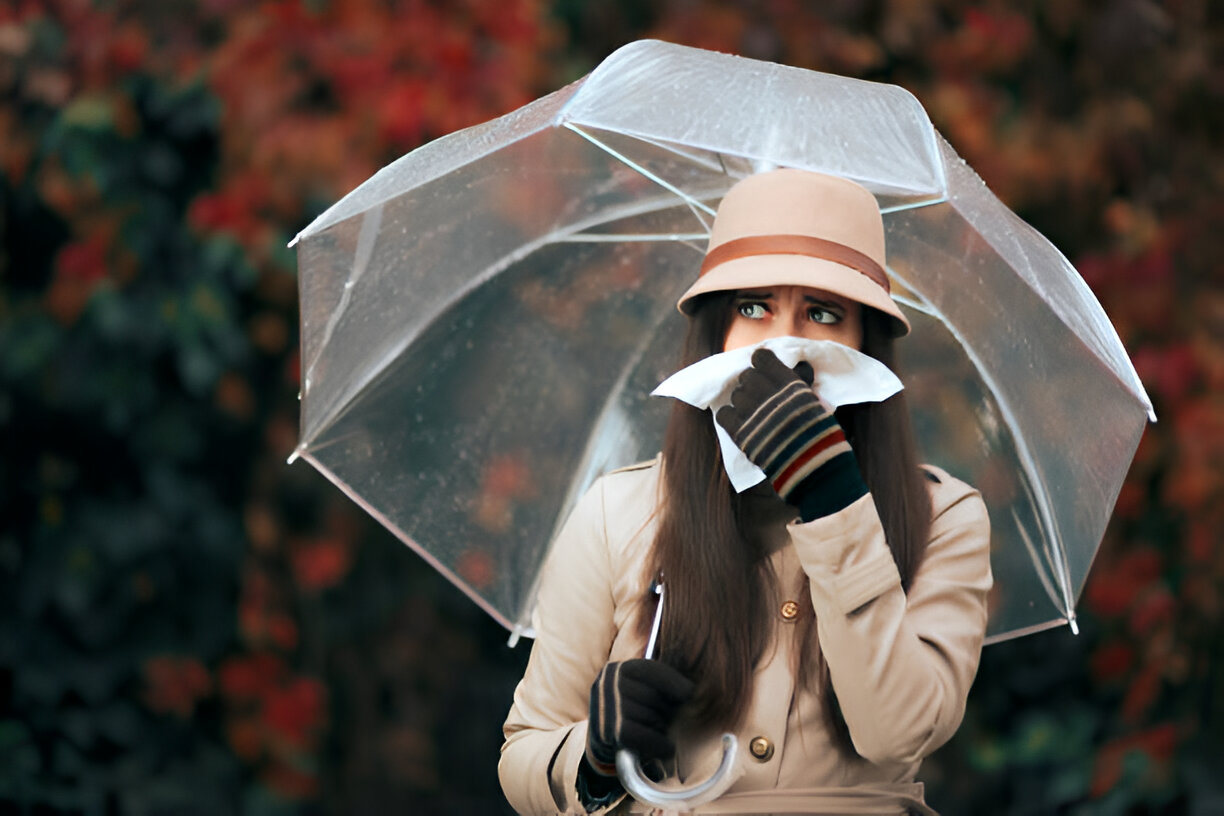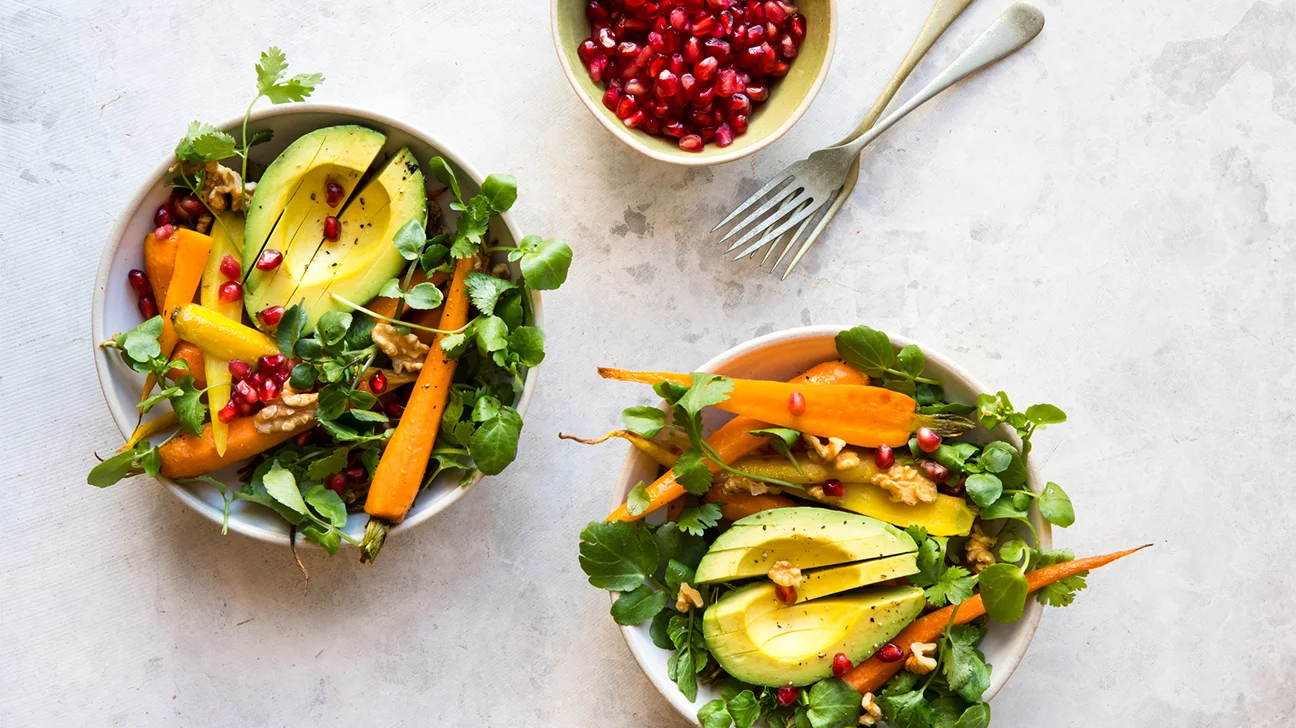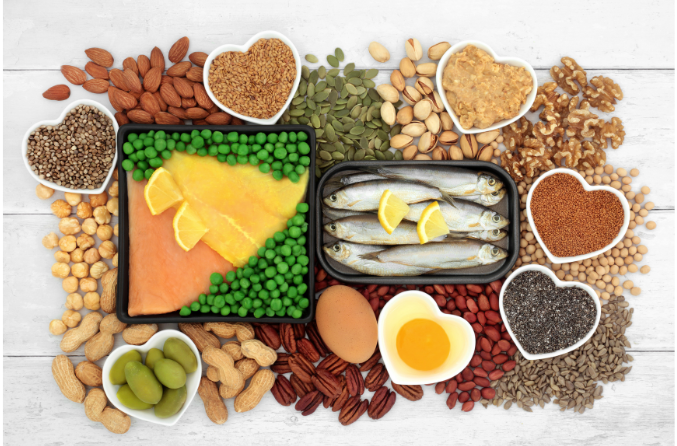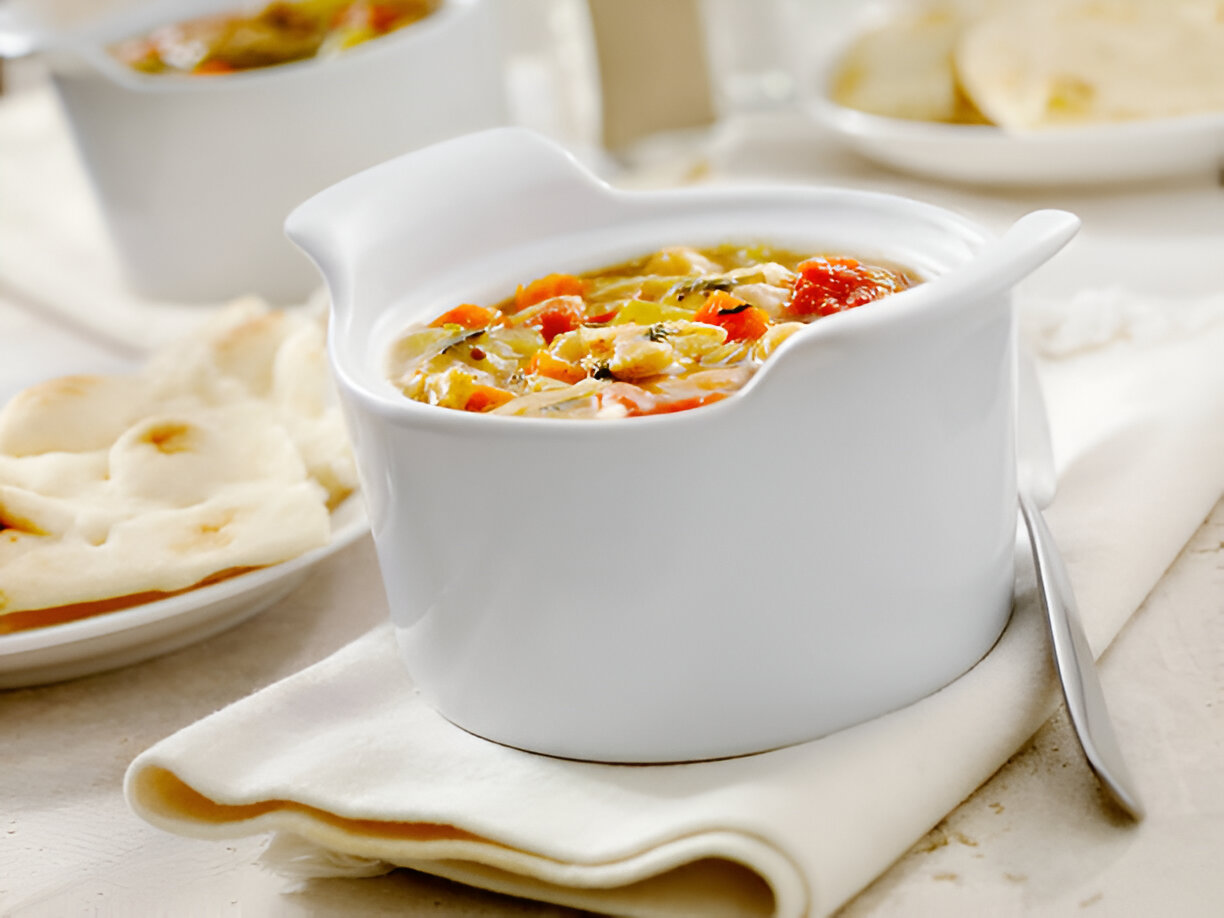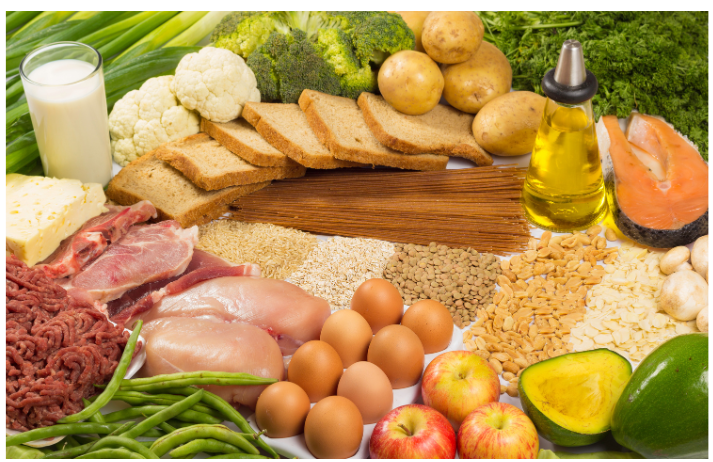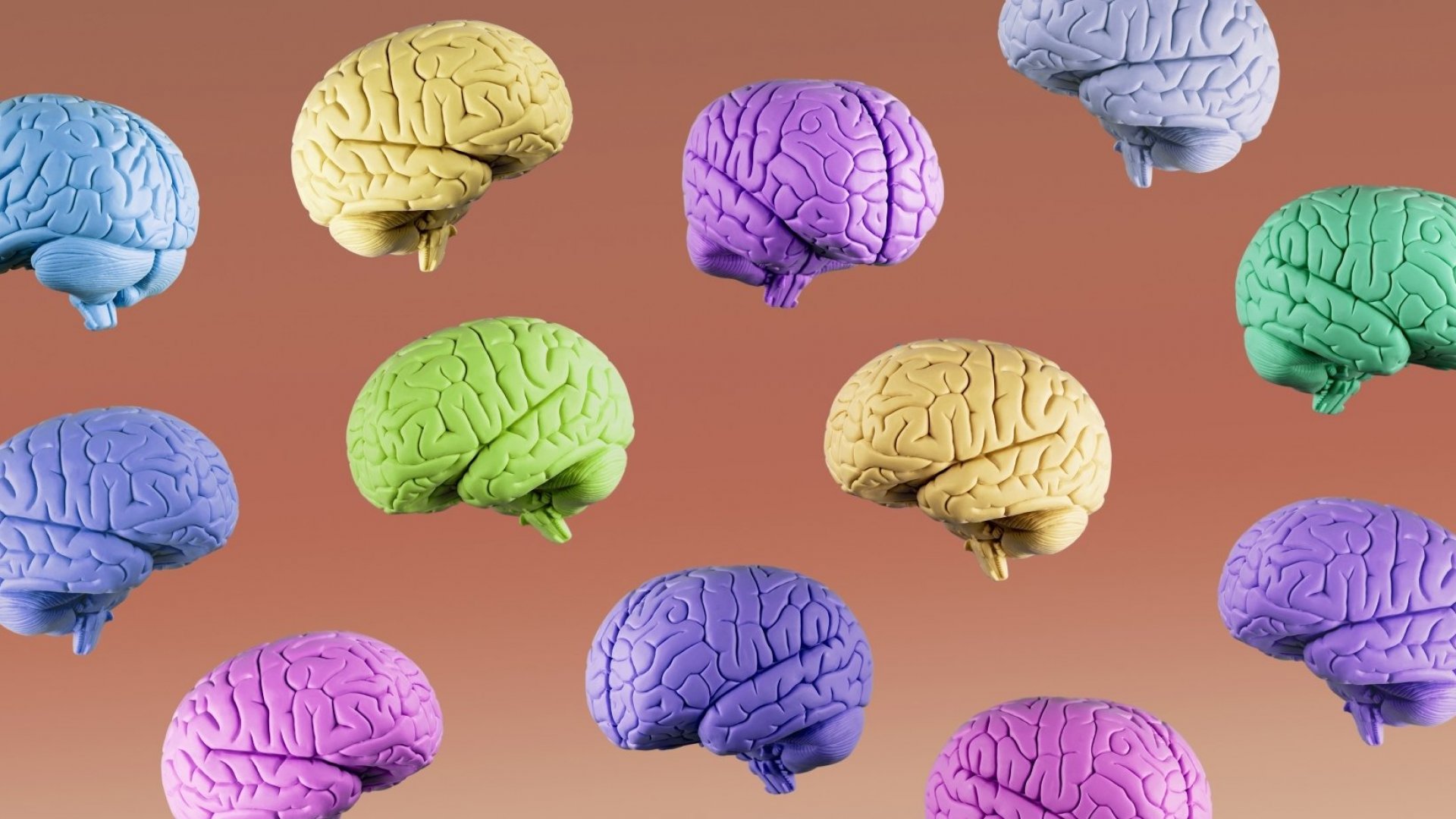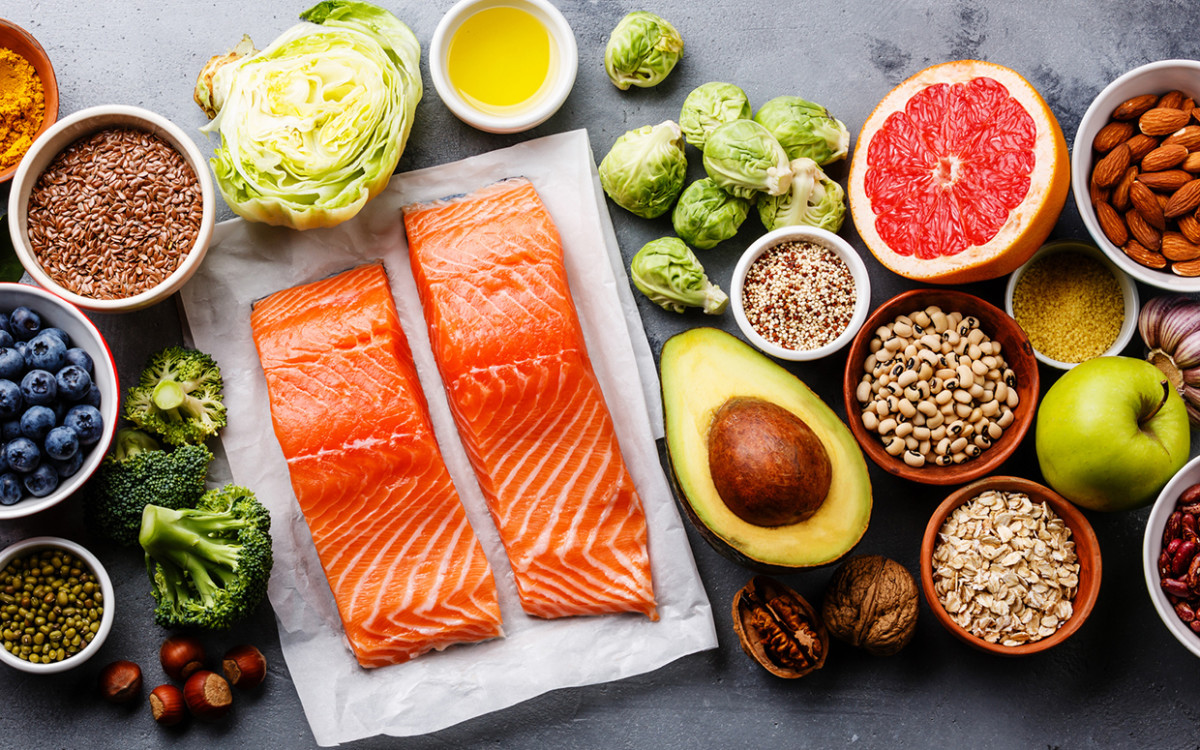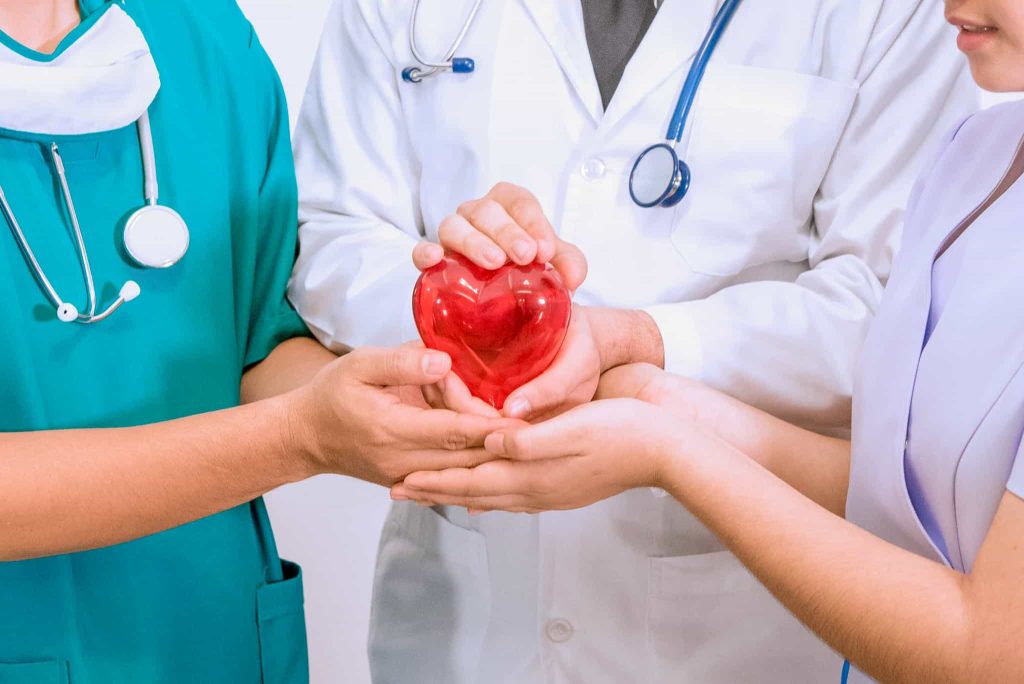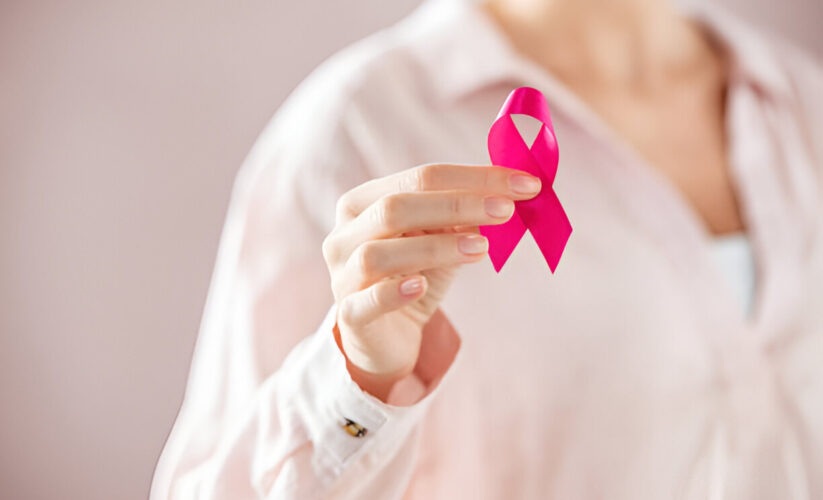
Healthy habits can't make you immune to errant cancer cells, but they can certainly help discourage them. “The key is to create an environment that's inhospitable to cancer,” says Lorenzo Cohen, PhD, director of the Integrative Medicine Program at the University of Texas MD Anderson Cancer Center in Houston.
These eight strategies have been shown to promote overall well-being and discourage abnormal cell growth, which means they could reduce your likelihood of developing breast cancer.
Watch Your Weight
According to Marisa Weiss, M.D., of
Breastcancer.org
, avoiding extra pounds is the most important thing you can do to minimize risk.
“Sticking with a healthy weight has a substantial impact,” she says. Studies back that up: A 2009 investigation conducted by researchers at Washington University in St. Louis reported that for every five-point increase in body mass index (BMI), a postmenopausal woman's risk jumped by 12 percent. Fat produces estrogen, the hormone that, when circulating, may stimulate cell growth.
Exercise
A 2008 Japanese study reported that women who walked for an hour a day and exercised in some other way for at least an hour a week were half as likely to develop breast cancer as women who were less active.
One question nagging scientists has been whether exercise reduces risk in and of itself, or whether it helps prevent cancer because it promotes weight loss.
But findings from 2010 research at the University of Manchester in the U.K. suggest that exercise directly prevents breast cancer by acidifying the environment surrounding developing cancer cells, making it more difficult for them to survive and become malignant.
“Engaging in regular activity may have a contribution to breast cancer prevention above and beyond its contribution to energy balance,” says Susan Gapstur, PhD, vice president of Epidemiology at the American Cancer Society. Aim to move for at least 45 minutes each day.
Minimize or Avoid Alcohol
In 2007, the American Journal of Epidemiology published the results of a study conducted by Harvard researchers who followed 38,000 healthy women for a decade while recording detailed information about what they ate and drank.
Above all else, they found that women who drank more than the equivalent of three four-ounce glasses of wine each day were 32 percent more likely to develop breast cancer than teetotalers. Yet moderate alcohol consumption may be heart protective; ask your doctor to help you weigh the risks and benefits.
Sleep Well
Every day, our tissues undergo minor wear and tear, and “sleep is a very important time for healing,” Weiss says.
As we snooze, our bodies produce melatonin, a hormone that promotes normal cell growth. To get the most out of it, consider drawing the blinds: We produce less melatonin when we sleep in brightness, and “some studies show that people who live in areas where there's a lot of excess light at night, and presumably more light in bedrooms, appear to have a higher risk of breast cancer,” Weiss says.
Sleep deprivation has also been linked to weight gain.
Breast-Feed As Long As You Can
Scientists don't know exactly why, but breast-feeding significantly reduces risk. According to a study of Sri Lankan women published in Cancer Epidemiology in June, those who breast-fed one or more children for a lifetime total of 12 to 23 months were 66 percent less likely to develop breast cancer than women who breast-fed for less than a year. (Nursing may also promote weight loss.)
And breast-feeding is now a little easier: As of July, health insurers are required to offer free breast-feeding counseling to new mothers, and many employers now have to provide working moms with time and space for pumping.
Eat Your Fruits and Veggies
Scientists debate the effects of diet on cancer risk. A 2009 study published in the Journal of the National Cancer Institute reported that fruits and vegetables provide only a modest protective benefit. But fiber-rich choices, such as raspberries, broccoli, and peas, may deliver an extra health boost.
The NCI also reported in 2009 that postmenopausal women who ate the most fiber were 13 percent less likely to develop breast cancer than those who consumed the least.
Fiber may lower cancer risk by binding to estrogen and helping eliminate it from the body. Plus, eating fiber-rich fruits and veggies “is going to help contribute to that healthful weight,” Gapstur says.
Avoid Environmental Toxins
Science hasn't yet confirmed a direct link between human breast cancer and toxins like smoke, pesticides, dry cleaning agents, and bisphenol A (BPA) — a component of plastic that's found in polycarbonate containers and tinned food — but there is enough evidence to be concerned about the levels in your daily life.
BPA, for instance, has estrogenlike properties, “so it can stimulate breast cell growth,” Weiss says. A 2007 study published in Cancer Research found that breast cells at risk for turning cancerous were more likely to become malignant when exposed to the substance.
“It's an emerging concern, and it's a ubiquitous chemical,” Weiss says. “Take steps to minimize exposure.” The Environmental Working Group (ewg.org) offers guidance on its site.
Manage Stress
Research is mixed regarding the relationship between stress and breast cancer.
A 2003 study found that women who get divorced or lose a loved one were more likely to develop breast cancer, while a 2009 study found no direct association between traumatic events and the disease. Stress does, however, interfere with aspects of immunity that can play a role in staving off cancer.
Cohen's advice: When you're frazzled, reach out to friends and loved ones. Although “it's a small piece of the equation, it is something that we can control,” he says. You might also consider enrolling in yoga, tai chi, or meditation classes.
On the Horizon: A Dose of Prevention
A drug that prevents breast cancer in everyone is probably still decades away, but women at high risk already have effective options. Two FDA-approved treatments that have long been used to treat breast cancer — tamoxifen and raloxifene — were recently shown to cut risk by up to half in healthy women who are older, have close relatives with breast cancer, or have abnormal breast tissue growth.
Although tamoxifen can cause side effects — it puts women at a slightly increased risk for developing uterine cancer, blood clots, and stroke — raloxifene, which works in a similar manner, seems safer and almost as effective.
Scientists are inching closer to developing the first breast cancer vaccine, too. In May, Cleveland Clinic researchers developed a vaccine that prevents breast cancer in healthy mice and cures mice that have recently developed breast tumors.
The vaccine triggers an immune response to a protein called alphalactalbumin, which is produced only by breast cancer cells and lactation cells. Subsequent trials “will involve testing safety and immunity in patients at high risk for developing breast cancer,” says lead author and immunologist Vincent Tuohy, PhD.
And if it works in people — which is still a major question — then it could be used to prevent breast cancer in perimenopausal women or others who are at risk.
More Resources
+
Wondering about mammograms? For the pros and cons, and steps to help you decide if and when you should get tested, read
To Screen or Not To Screen
.
+ For more tips on keeping breasts healthy on the inside and out, read
How to Care for Your Breasts
.





